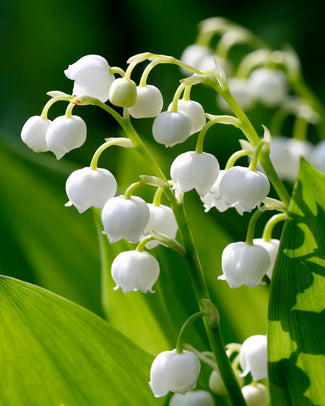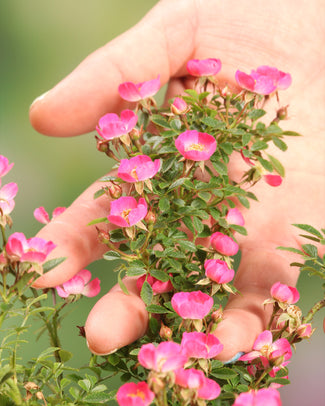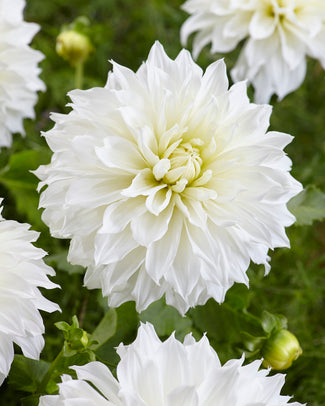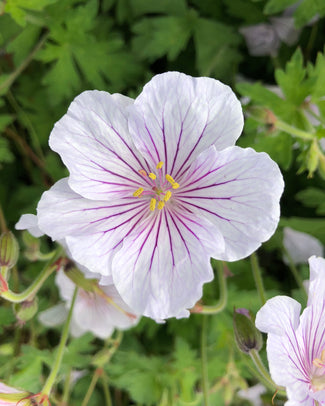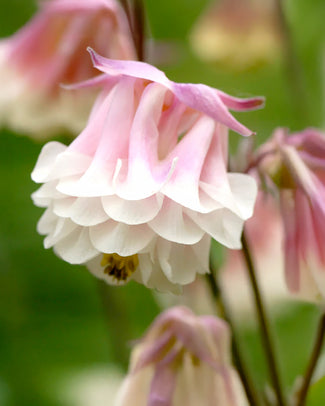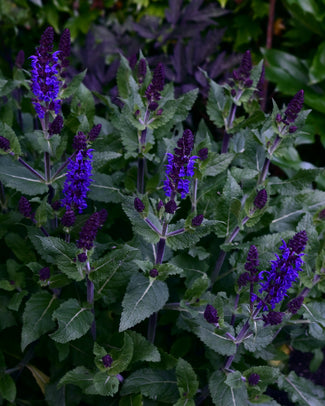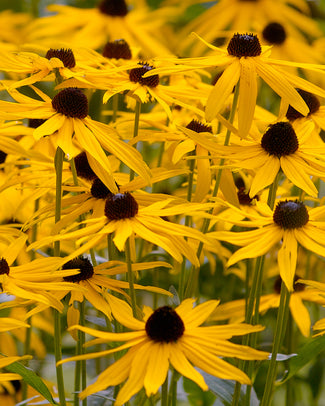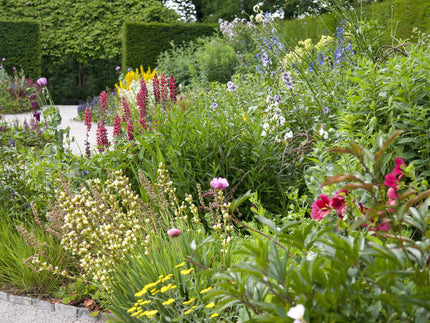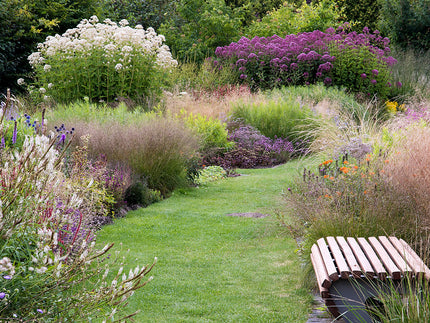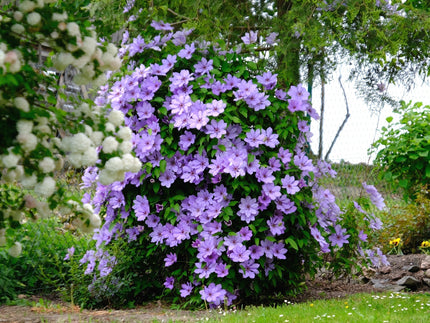How to plant Echinacea
A prairie-garden classic which has been adapted in many ways to produce blooms of various shapes and colours to suit any style. Echinacea, also known as Coneflower, thrives in a full-sun position and moist but well-drained soil. Once established it is fairly drought tolerant and will work just as well in gravel gardens as it does in a border. The nectar-rich flowers of Echinacea will attract pollinators like bees and butterflies, and their architectural seed heads provide interest for the autumn and winter garden. Many varieties have long-rigid stems which also makes them a popular choice for growing as cut flowers.
How to plant
- Plant Echinacea bare roots in spring between February and May, ideally within a week of delivery.
- Soak the roots for 3-6 hours before planting, then pot up into 2 litre (or 15-20cm diameter) pots using a good quality multipurpose compost.
- Plant with the roots submerged and with the top of the root system just level with the soil surface. Any shoots or leaves which have emerged already should be left exposed above the soil surface.
- Grow them on in a sheltered area outside. New growth typically emerges within a month of planting. They can be transplanted into suitable growing positions after 2-4 months or once growth is established and the plants easily come out of the temporary pots with the soil held intact by the roots.
- When planting into the garden, choose a position in full sun with free-draining soil. Avoid boggy or heavy clay soils.
- Monitor your new plantings for pest damage and keep space clear around the young plant, removing excess growth from neighbouring plants in the border to reduce competition.
- This perennial is hardy and does not require winter protection in areas with mild winters. In colder areas, it is recommended to apply mulch around Echinaceas to help protect them from severe weather, particularly while they’re still young.
- Water-in after planting and keep hydrated when in growth.
Aftercare
- Deadhead Echinacea or regularly cut the flowers to encourage more to grow.
- In autumn, Echinacea will naturally fully die back. At that point, you can cut it right back to around 5cm above ground level and it will remain dormant for winter. The following spring, new growth will start to emerge.
- Echinacea should be planted at a spacing of at least 20cm apart from each other when planting in groups and take 1-2 years to establish. They do not always flower in the first year.
- Echinacea is a clump-forming perennial which grows back larger and with more stems each year.
- You can divide established Echinacea clumps between autumn and early spring when needed.
































































































































































































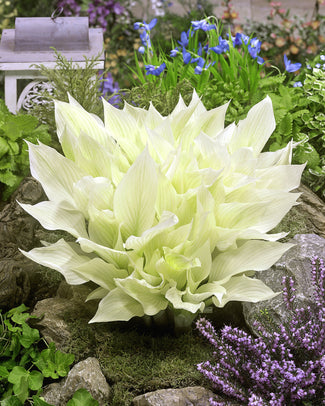
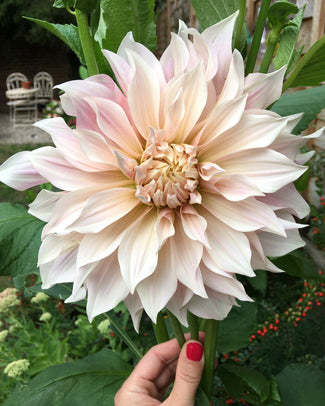
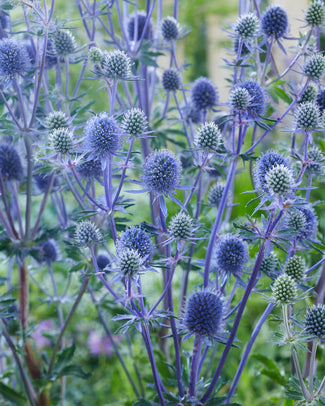
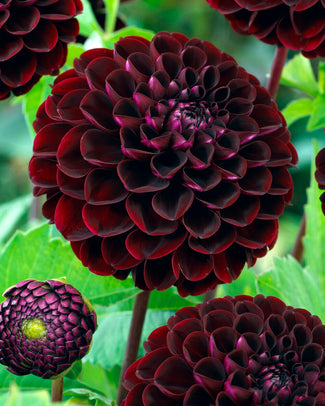
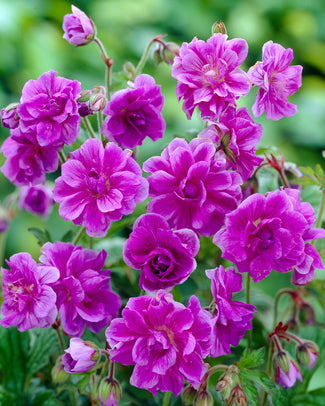
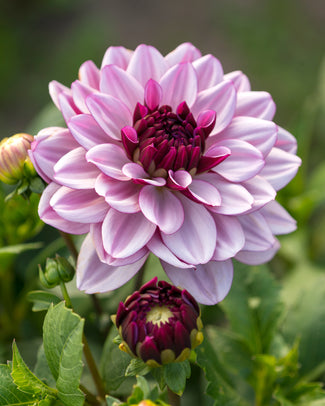
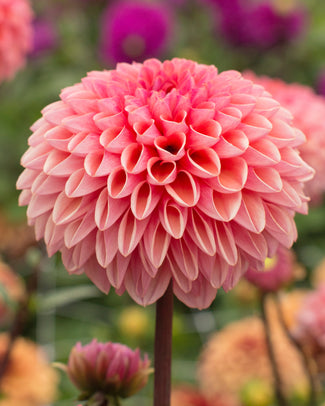
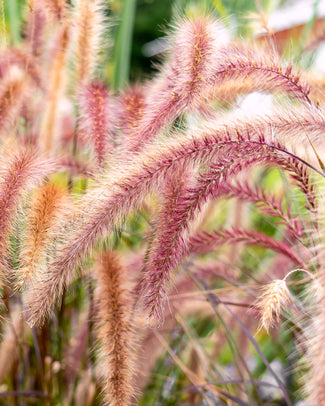
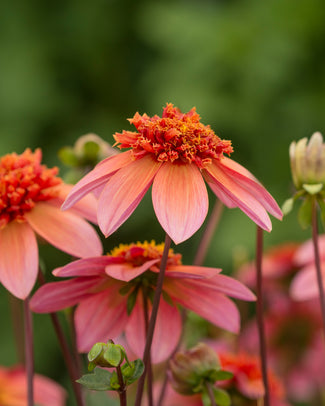
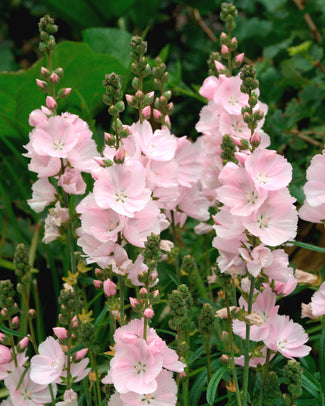
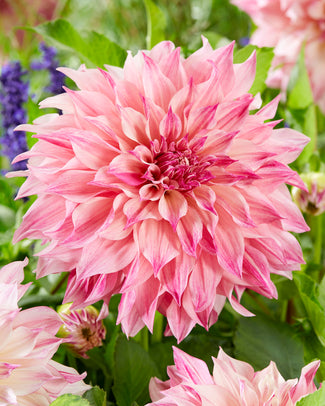
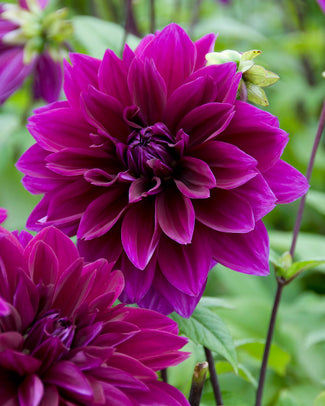
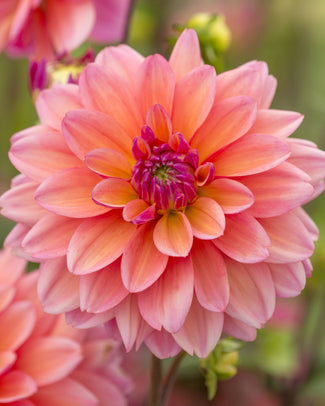
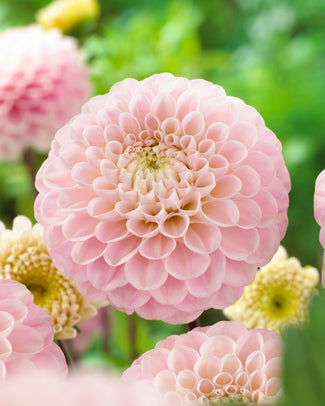
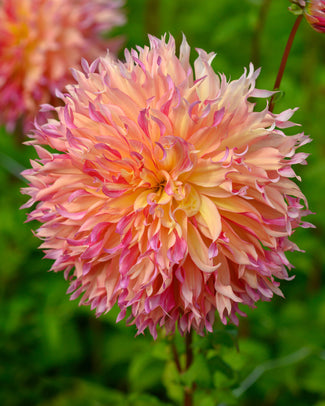
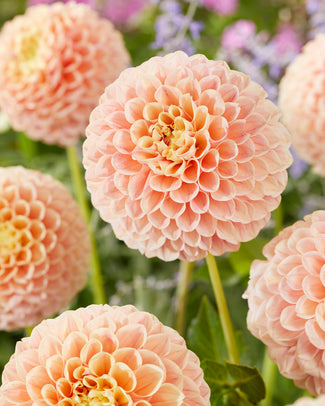
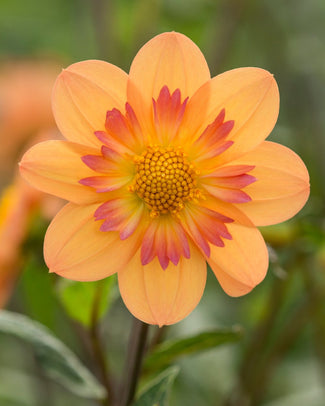
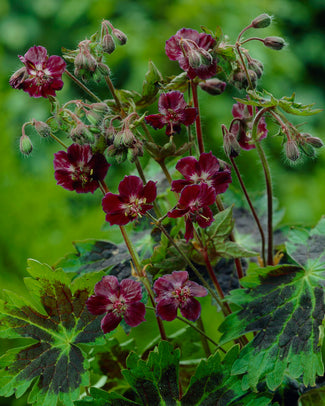
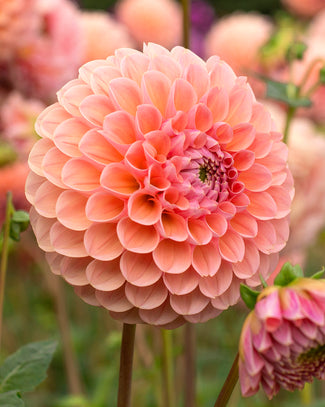
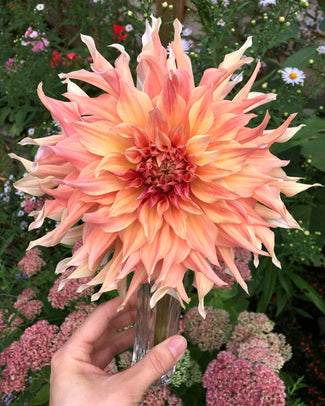
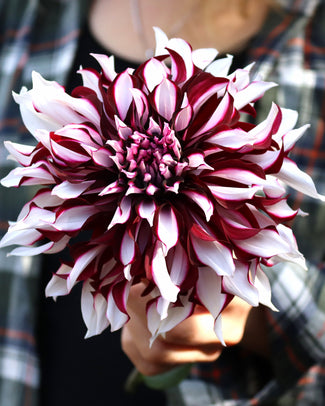
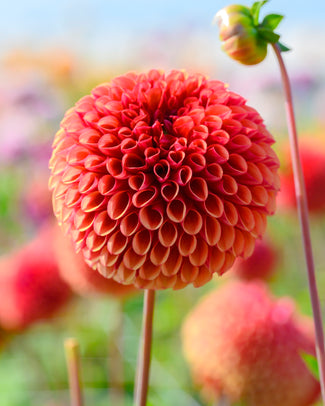
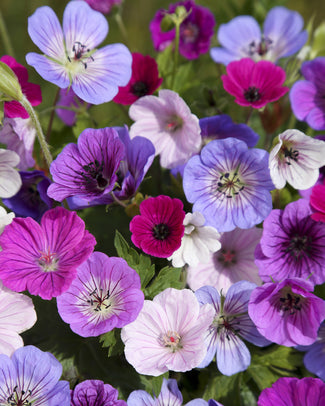
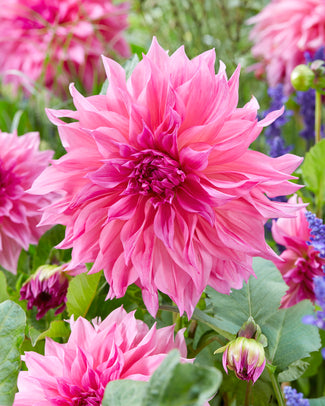
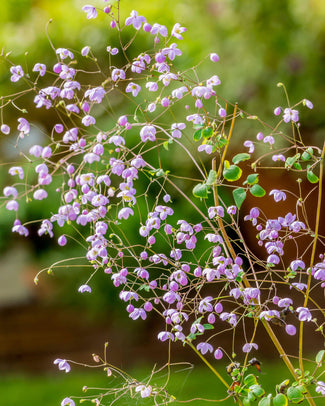
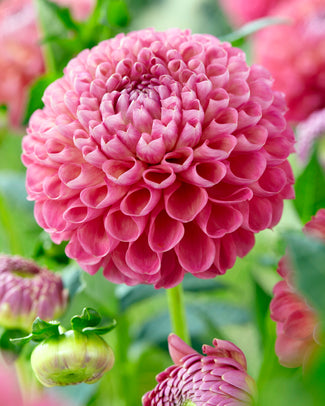
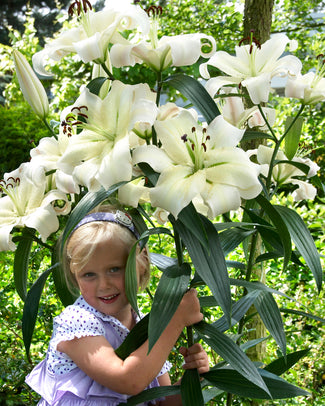
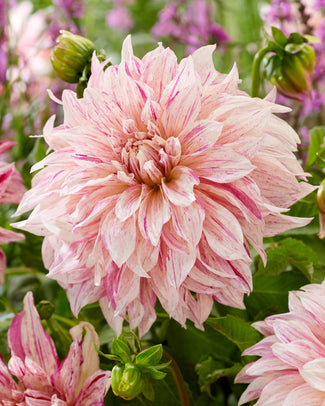
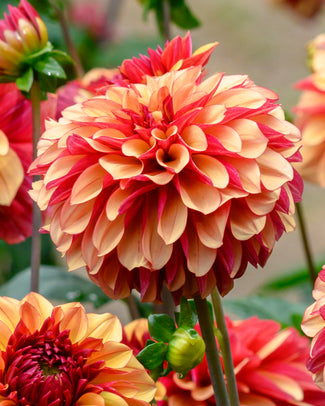
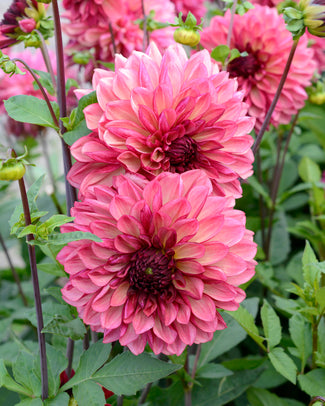
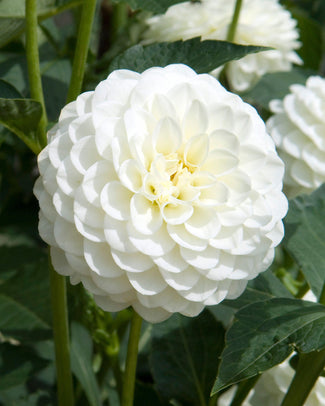
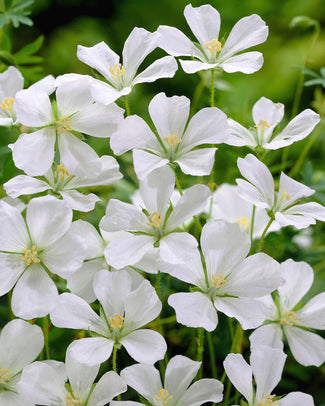
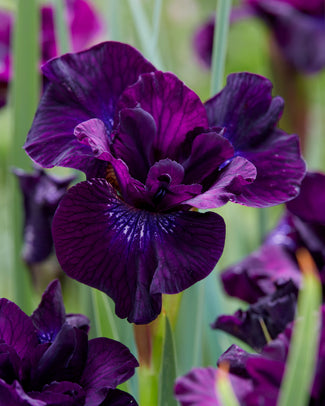
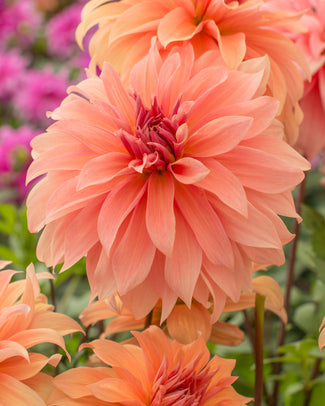
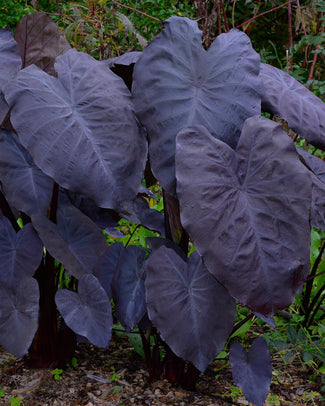
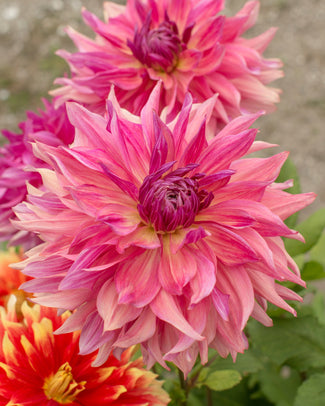
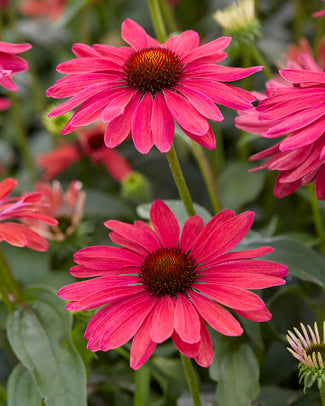
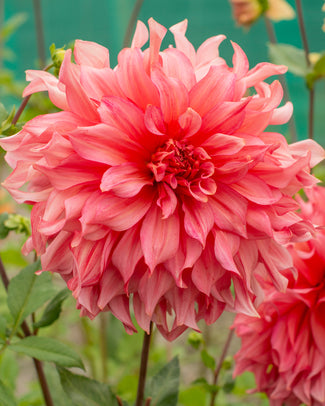
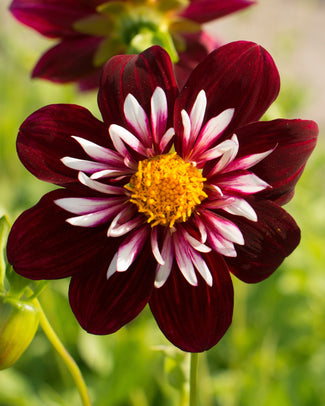
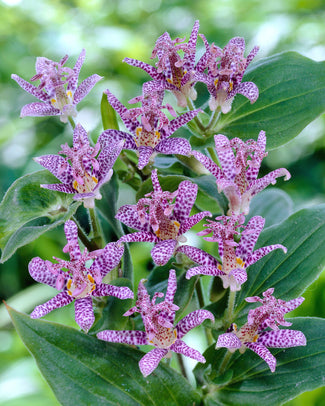
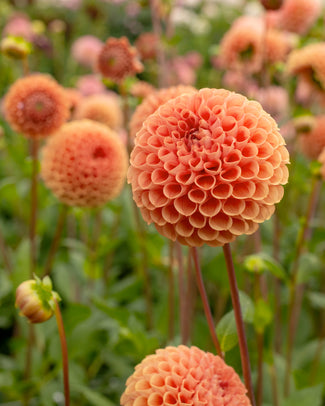
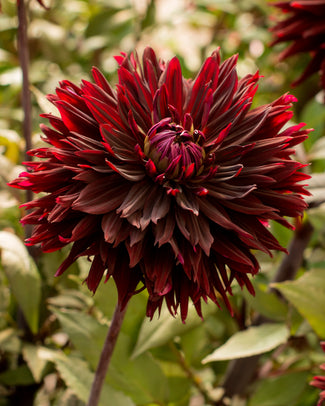
![Agapanthus 'Black Buddhist' []](http://www.farmergracy.co.uk/cdn/shop/products/agapanthus-black-buddhist-1_325x.jpg?v=1575625838)
